Disclosure: This article contains affiliate links. We may earn a commission from purchases at no extra cost to you, which helps our travel content.
Standing at the edge of Lalibela's Bet Giyorgis, I felt the same reverent stillness that must have washed over pilgrims for the past 900 years. The morning light cascaded into the cross-shaped basin, illuminating what many consider Ethiopia's eighth wonder of the world. As someone who's spent years documenting cliff-side communities and their traditions, I've witnessed many architectural marvels—but nothing quite prepares you for the moment you first glimpse these monolithic churches carved not up toward heaven, but down into Ethiopia's sacred earth.
The Living Monuments of Ethiopian Christianity
Unlike the abandoned ruins that dot much of the ancient world, Lalibela's eleven interconnected churches remain vibrantly alive with worship. On my second morning, I woke before dawn to witness white-robed priests carrying ornate crosses and ancient prayer books through narrow passageways, their melodic chants echoing against stone walls that have absorbed centuries of devotion.
What strikes you immediately about these structures isn't just their engineering marvel—entire churches carved downward from single pieces of volcanic tuff—but their continued relevance in Ethiopia's spiritual landscape. These aren't museums; they're active places of worship where the liturgical traditions established in the 12th century continue unbroken.
I spent hours simply observing the rhythms of daily devotion, my sommelier's training unexpectedly useful in detecting the subtle notes of frankincense, myrrh, and beeswax candles that perfume these sacred spaces. For documenting these atmospheric moments, my portable audio recorder proved invaluable, capturing the haunting a cappella hymns that seem to vibrate through the very stone itself.
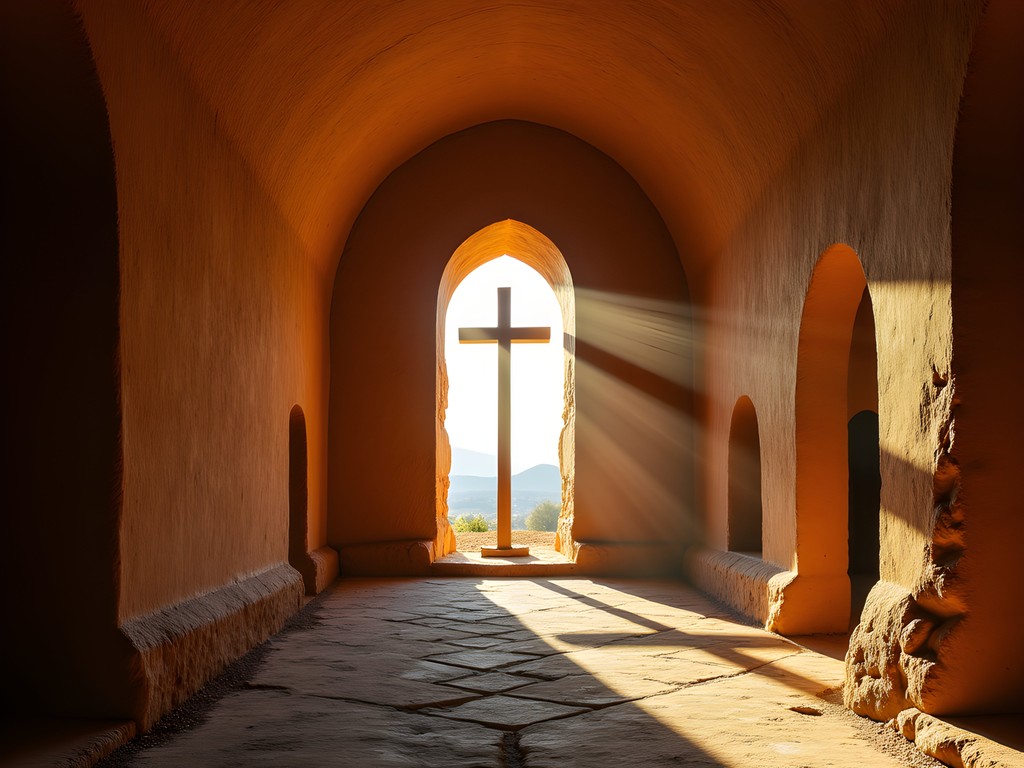
💡 Pro Tips
- Visit churches early morning (6-8am) to witness priests performing morning rituals with fewer tourists
- Remove shoes before entering any church (bring slip-on shoes to make this easier)
- Dress modestly—shoulders and knees covered for both men and women
Navigating the Northern Cluster
Lalibela's churches are divided into two main groups separated by the Jordan River (a symbolic stream, not the biblical one). I began with the northern cluster, home to some of the most impressive structures including Bet Medhane Alem—the largest monolithic church in the world.
The churches aren't simply carved into cliff faces; they're fully detached from the surrounding rock, with craftsmen having chiseled downward and then around each structure to create free-standing buildings. Imagine excavating a swimming pool, but instead of removing all the earth, you leave a perfect building in the middle, complete with windows, doors, columns, and intricate decoration.
My guide Yohannes, whose family has served as guardians of these churches for generations, pointed out easily-missed details: hidden symbolic carvings, the swallow nests that dot certain facades (considered blessed), and the ingenious drainage systems that have kept these structures intact despite Ethiopia's dramatic rainy seasons.
The narrow passageways connecting churches create a labyrinthine pilgrimage route that's best navigated with proper footwear. My lightweight hiking shoes proved perfect for the uneven stone surfaces, especially when traversing the dark tunnels that symbolize the passage from earthly life to the divine.
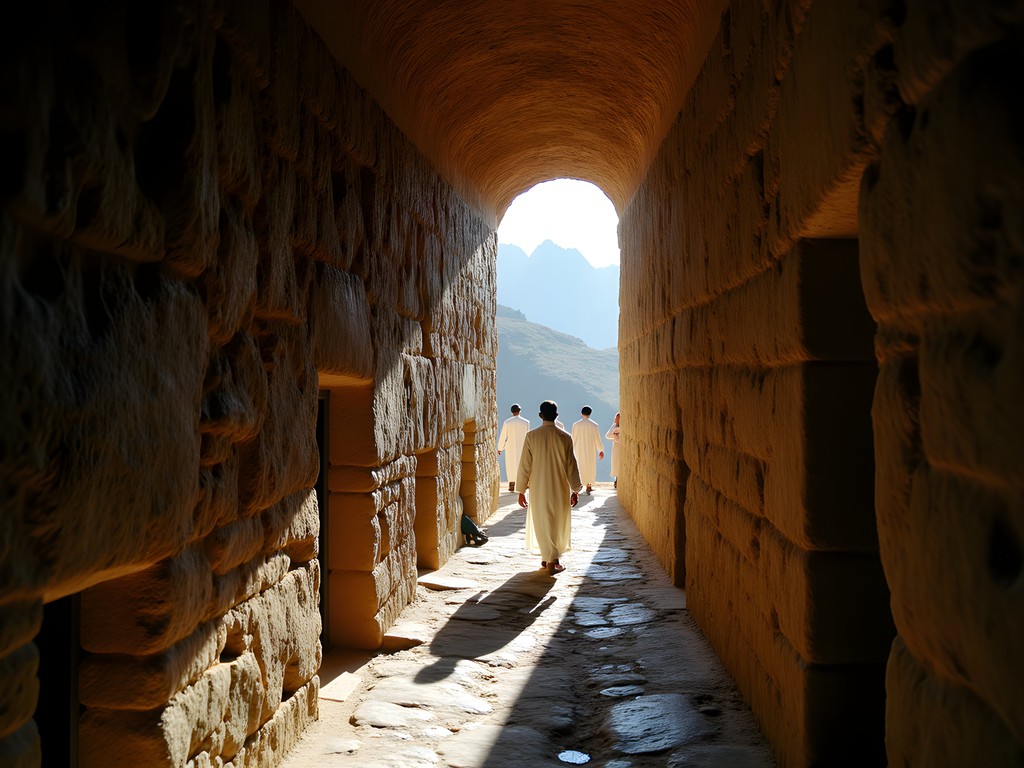
💡 Pro Tips
- Hire a local guide—their knowledge transforms the experience from visual spectacle to profound cultural understanding
- Bring a good headlamp for the dark connecting tunnels between churches
- The stone can be rough on feet—wear comfortable shoes with good grip
Timkat: When the Churches Transform
While Lalibela is magnificent year-round, timing your visit to coincide with Timkat (Ethiopian Epiphany, typically January 19) transforms the experience entirely. I was fortunate to witness this celebration during my visit, and it remains one of the most profound cultural experiences of my travels.
During Timkat, the churches become the epicenter of a vibrant festival commemorating Jesus's baptism. The normally tranquil courtyards fill with thousands of white-robed worshippers, creating a sea of devotion that flows between the ancient structures. Priests remove the sacred tabots (replicas of the Ark of the Covenant) from each church—the only time they leave their sanctuaries—and carry them in elaborate processions.
The ceremony culminates in a symbolic rebaptism, where priests bless pools of water and sprinkle the faithful. The jubilant atmosphere, with its rhythmic drums, sistrums (ancient rattles), prayer sticks, and spontaneous dancing, creates an intoxicating sensory experience.
For photographers, this festival presents unparalleled opportunities but also ethical considerations. I found my telephoto lens essential for capturing intimate moments without intruding on the ceremony. Just as important was my travel journal for recording the nuances of the experience that photography alone couldn't capture.
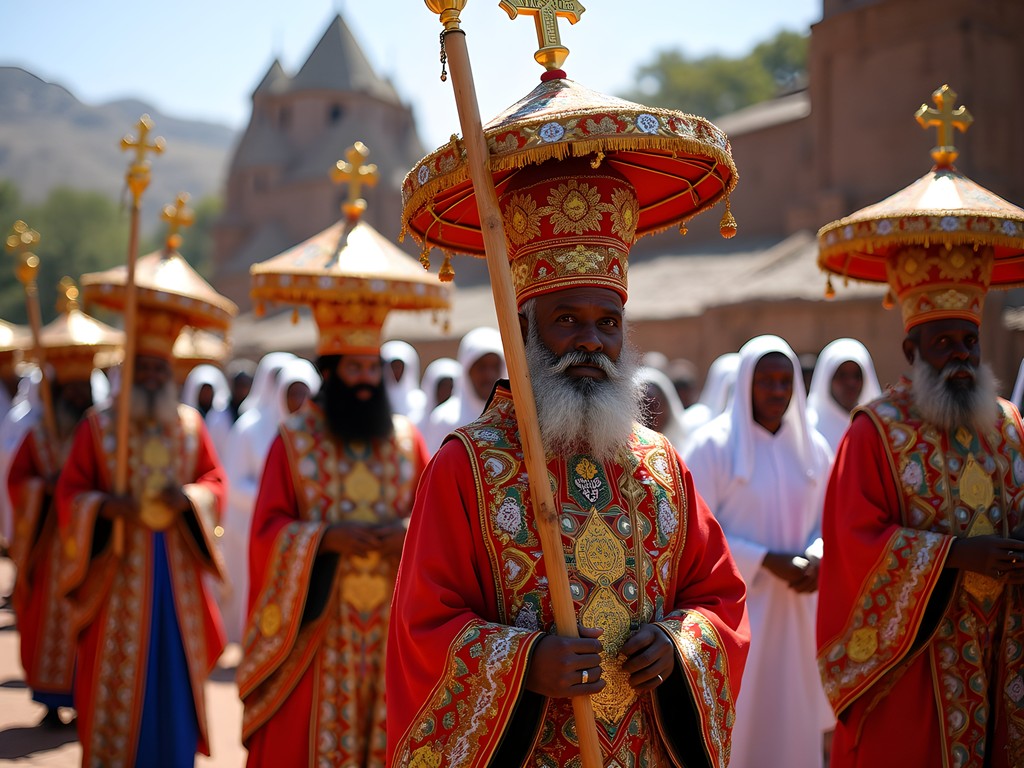
💡 Pro Tips
- Book accommodations months in advance if visiting during Timkat
- Always ask permission before photographing individuals, especially during religious ceremonies
- Bring a scarf to cover your head when entering churches (especially important for women)
The Culinary Rituals of Lalibela
As a sommelier, I'm naturally drawn to the beverage traditions that accompany sacred spaces, and Lalibela offers fascinating insights into Ethiopian Orthodox Christian customs. The churches themselves prohibit food and drink, but the surrounding community has developed rich culinary traditions tied to the pilgrimage experience.
After long mornings exploring the churches, I found myself gravitating to small family-run establishments where traditional coffee ceremonies unfold with the same ritualistic precision as the religious services nearby. The process—washing the beans, roasting them over coals until they crackle and pop, grinding by hand, and brewing in a traditional jebena pot—is a sensory performance that rivals any wine service I've conducted.
The coffee itself, served in tiny cups with no handles, carries complex notes of blueberry, dark chocolate, and jasmine that would impress even the most discerning specialty coffee enthusiasts. It's traditionally served with burning frankincense, creating a multisensory experience that bridges the secular and sacred.
For those wanting to bring this tradition home, I found an excellent Ethiopian coffee kit in Lalibela's artisan market that includes everything needed for an authentic ceremony.
Equally important to Lalibela's culinary landscape is t'ej, a honey wine that bears fascinating similarities to ancient meads I've studied. Local establishments serve this sweet, floral beverage in traditional berele flasks—globe-shaped glasses that require a specific pouring technique. As evening falls, these gathering spots fill with both pilgrims and locals sharing stories over t'ej and injera platters laden with spiced stews.

💡 Pro Tips
- Accept coffee when offered in homes—it's considered rude to decline this hospitality
- Try t'ej (honey wine) at Ben Abeba restaurant, which offers spectacular views of the landscape
- Fasting days (Wednesdays and Fridays) offer the best vegetarian food options as locals observe Orthodox traditions
Practical Considerations for the Modern Pilgrim
Lalibela sits at over 2,500 meters (8,200 feet) above sea level, and the altitude catches many visitors unprepared. I spent my first day moving deliberately slowly, allowing my body to adjust while exploring the town itself before tackling the church complex. Hydration is crucial here—I relied heavily on my water purifier bottle to avoid single-use plastics while ensuring safe drinking water.
The churches themselves require physical navigation that can be challenging—uneven surfaces, narrow passages, and occasionally claustrophobic tunnels. For those with mobility issues, it's worth noting that some churches are more accessible than others, with Bet Medhane Alem offering the most straightforward access.
Lalibela's remote location means medical facilities are limited. I always travel with a comprehensive first aid kit that includes altitude sickness medication, which proved useful for a fellow traveler in our group.
While Lalibela has seen increased tourism in recent years, accommodations remain relatively simple. The mid-range options like Maribela Hotel offer comfortable beds and hot showers—luxuries that feel particularly welcome after long days of exploration. Book well in advance, as quality options are limited and fill quickly, especially during religious festivals.
Internet connectivity remains spotty at best—a blessing for those seeking to disconnect, but potentially challenging for digital nomads. I found this technological limitation actually enhanced my experience, forcing me to be fully present rather than distracted by the compulsion to share experiences in real-time.
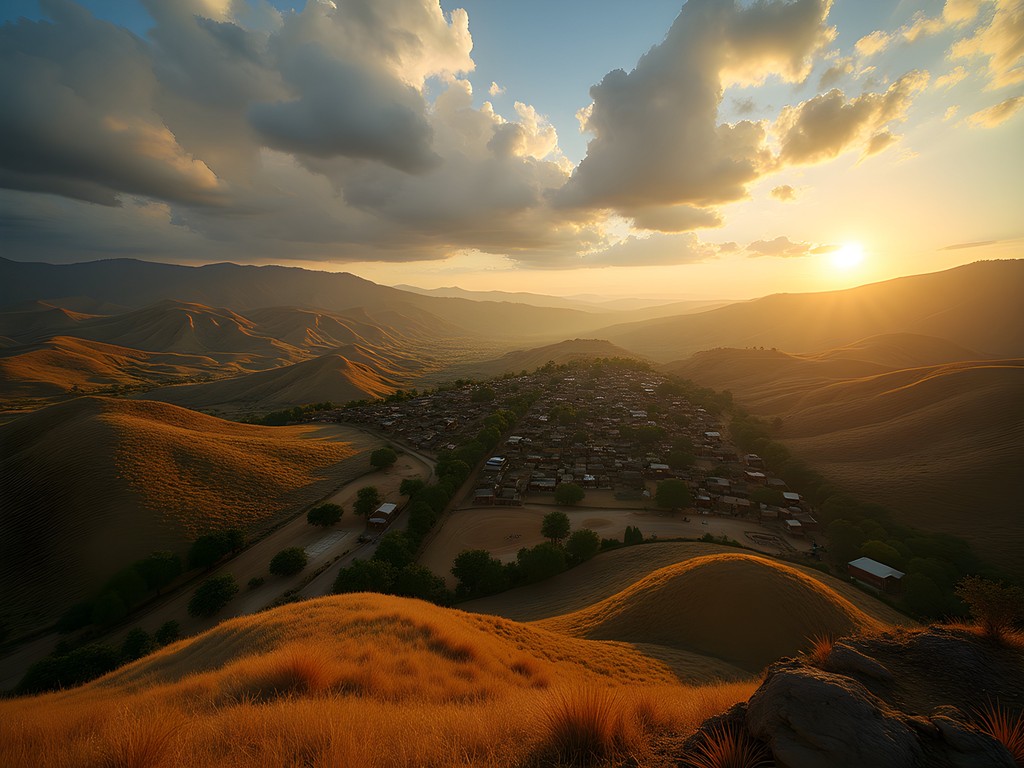
💡 Pro Tips
- Take your first day easy to acclimate to the altitude (2,500+ meters)
- Bring cash in Ethiopian Birr—ATMs are unreliable and most places don't accept cards
- Consider hiring a porter if you're bringing photography equipment—the site involves significant walking
Final Thoughts
As my week in Lalibela drew to a close, I found myself sitting on the edge of town watching paragliders (yes, paragliding has recently become possible here!) soaring above these ancient monuments. The juxtaposition was striking—modern adventurers floating above structures that have remained largely unchanged for nine centuries.
Lalibela exists in a remarkable space between living tradition and historical monument, between sacred ritual and tourist destination. Unlike many world-famous sites that have been polished and packaged for mass consumption, there's still a raw authenticity here that demands something from visitors—patience, respect, and a willingness to engage with traditions different from our own.
While I've experienced many remarkable historical sites across six continents, few have affected me as profoundly as these churches carved not just from stone, but from unwavering faith. In an age of instant gratification and digital distraction, Lalibela reminds us that some of humanity's greatest achievements emerged from devotion, persistence, and a connection to something beyond the material world. Whether you come as a pilgrim or a curious traveler, these rock-hewn wonders offer something increasingly rare: a genuine encounter with the sacred that transcends religious boundaries.
✨ Key Takeaways
- Lalibela's churches remain active places of worship—not museums—requiring appropriate respect and behavior
- Hiring a knowledgeable local guide transforms the experience from impressive architecture to profound cultural understanding
- Timing your visit around Ethiopian Orthodox festivals like Timkat offers the richest cultural experience
📋 Practical Information
Best Time to Visit
October-January (dry season, with January featuring Timkat celebrations)
Budget Estimate
$50-100/day excluding flights (mid-range accommodations, guides, meals)
Recommended Duration
5-7 days (including acclimatization)
Difficulty Level
Moderate (Altitude, Uneven Terrain, Basic Infrastructure)

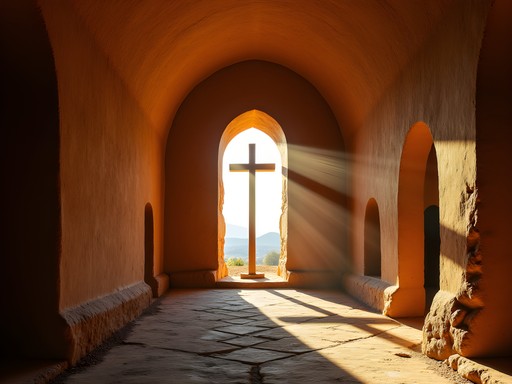
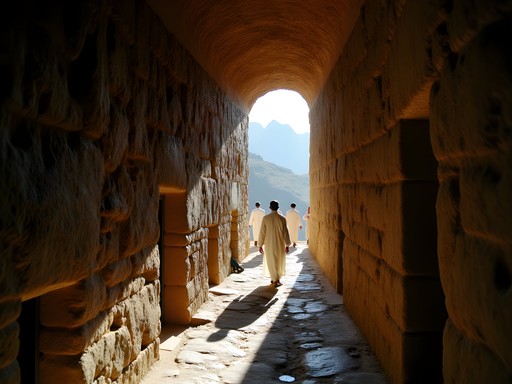


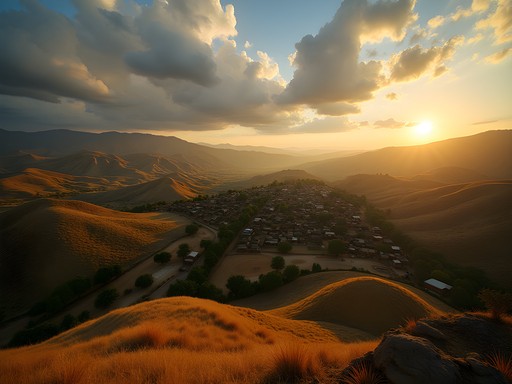









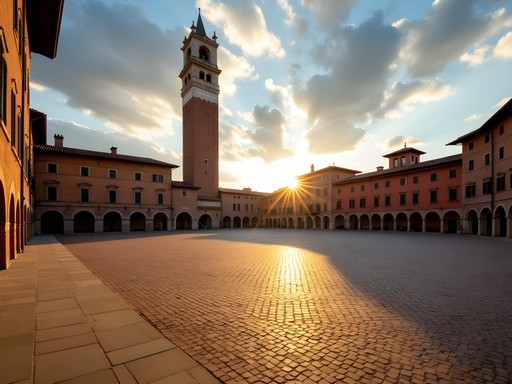
Comments
TravelingTeacher
Those photos of Bet Giyorgis are stunning! The cross shape from above is incredible.
luckyguy
Just got back from Lalibela last month! Pro tip for anyone going: hire a local guide through your hotel. Ours was a deacon at one of the churches and gave us access to areas most tourists don't see. Also, the vegetarian fasting food in Lalibela was some of the best Ethiopian cuisine I've had - try the beyainatu platter at Seven Olives restaurant. And don't miss the hike to Asheton Maryam monastery for incredible views!
dreammate
Thanks for the tips! How many days would you recommend staying in Lalibela?
luckyguy
I'd say minimum 3 days. Two days for the churches (they're split into northern and southern clusters) and one day for hiking around the area. If you can time it with a Sunday, the morning church services are incredible!
EthiopiaLover42
I visited Lalibela three years ago and it still feels like a dream. The most magical moment was attending a pre-dawn service in Bet Maryam - just a handful of tourists and many local worshippers, the priests chanting by candlelight, incense filling the air. If you can, try to experience a service rather than just touring the empty churches. Also, the paragliding mention brought back memories - I did it too! Floating over those ancient structures gives you a whole new perspective on their scale and isolation. Truly a once-in-a-lifetime experience.
wildphotographer
That shot of Bet Giyorgis at sunrise is stunning! What camera settings did you use in those dark church interiors?
Justin Johnson
Thanks! The church interiors were challenging. I used my mirrorless camera with a fast prime lens at f/1.8, high ISO (3200-6400), and a mini tripod for the really dark spots. The priests are usually understanding if you need a moment to set up a shot.
Jean Wells
Justin, your article brought back vivid memories of my visit to Lalibela in 2023. What fascinates me most about these structures is the engineering precision achieved with 12th-century tools. I spent three hours speaking with an elderly priest at Bet Medhane Alem who explained how the drainage systems have kept these monuments intact despite Ethiopia's heavy seasonal rains. One observation: the northern cluster becomes particularly crowded between 10am-2pm when tour groups arrive. I found early morning (6:30am) provided both better light for photography and a more contemplative atmosphere. Did you notice the acoustics in Bet Maryam? The way sound resonates in that space during morning prayers is something scientific instruments can measure but cannot fully explain.
dreammate
This looks amazing! How difficult was it to get there? I've always wanted to visit Ethiopia but worried about the logistics. Did you feel safe traveling solo?
Justin Johnson
Getting there takes some effort but it's worth it! I flew Ethiopian Airlines from Addis to Lalibela. The airport is small but functional. As for safety, I felt completely comfortable the whole time. The locals are incredibly welcoming and many speak English. Just be prepared for some challenging roads if you venture outside the main areas.
freechamp
I'll second that! Ethiopia felt safer than many places I've traveled. Just bring a good headlamp for the churches - they're dark inside and you'll want to see all the details.
freechamp
Justin! You captured Lalibela perfectly! I was there last year during Timkat and it was honestly life-changing. The energy when they bring out the tabots is something I'll never forget. Did you try the honey wine at Ben Abeba? That sunset view while sipping tej was one of my favorite moments in Ethiopia. Your photo of Bet Giyorgis in that morning light is exactly how I remember it - impossible to believe it was carved from a single stone!
Justin Johnson
Thanks @freechamp! Timkat was incredible - I felt so privileged to witness it. And yes, that tej at Ben Abeba was dangerous! Had one too many while watching the sunset over those incredible landscapes. Worth every birr though!
hikingtime
Great post! Did you try the honey wine mentioned in the culinary section? Is it worth seeking out? Also, how physically demanding is exploring all the churches?
Justin Johnson
Thanks for asking! The tej (honey wine) is definitely worth trying - sweet but with a unique flavor. You'll find it everywhere in Lalibela. As for the physical demands, there's a fair amount of walking and some uneven stairs carved into rock. Nothing extreme, but comfortable shoes are a must. I saw people of all ages managing fine, just take it at your own pace!
hikingtime
Perfect, thanks for the info! Looking forward to trying tej and exploring these amazing churches.
TravelingTeacher
Your paragliding mention caught my attention! Anyone tried this? Sounds amazing!
skybackpacker
Just got back from Ethiopia last month and Lalibela was definitely the highlight. We did the public transportation thing and while it was bumpy, it was an adventure! The churches are mind-blowing in person - photos really don't do them justice. That moment when you first see Bet Giyorgis... just wow. One thing I'd add - don't miss the lesser-known Asheten Mariam monastery up in the hills. It's a tough hike (you can take mules part way) but the views are insane and barely any tourists make it up there.
adventurewalker
Thanks for the monastery tip! How difficult was the hike exactly? I'm not super fit...
skybackpacker
It's pretty steep - took us about 2 hours up. But you can hire a mule for most of the way if you're worried! Just bring water and go early before it gets hot.
Venture X
Premium card with 2X miles, $300 travel credit, Priority Pass